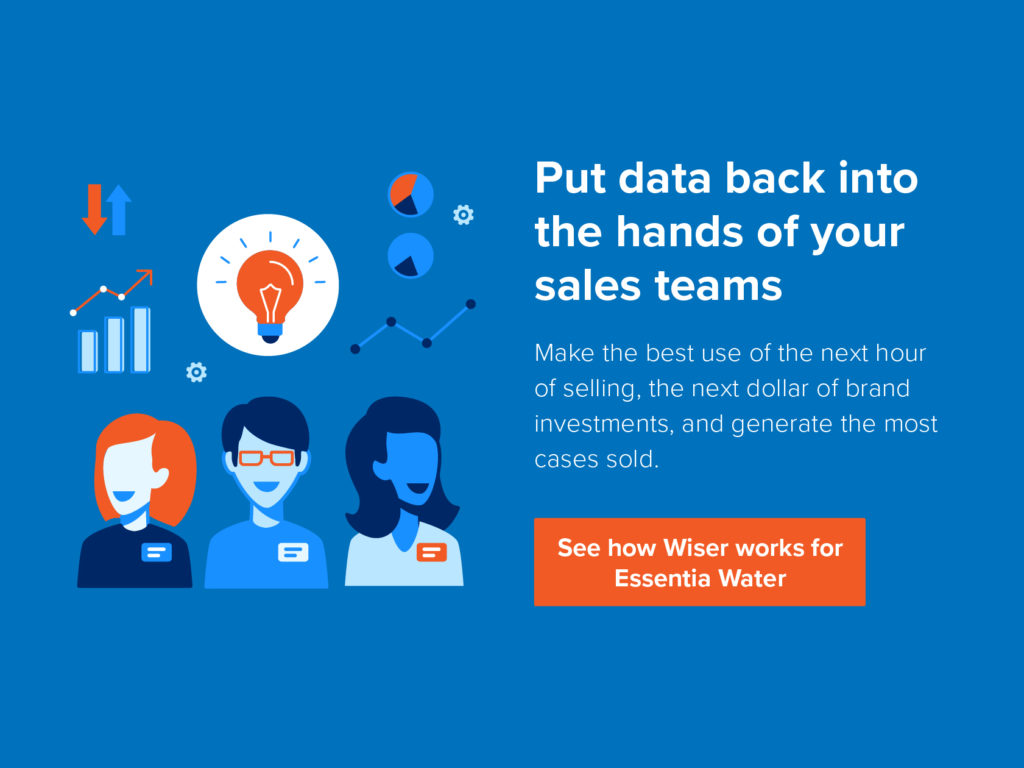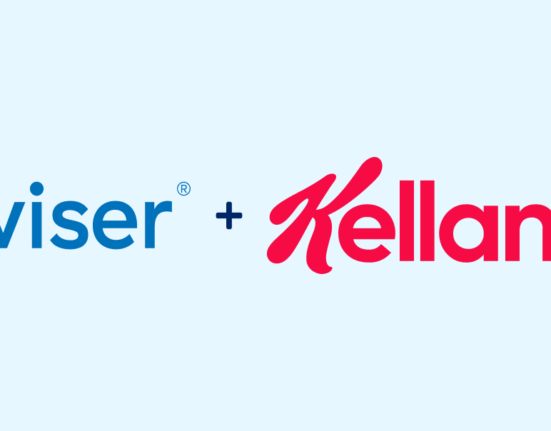Being a retailer these days, especially in the grocery business, is like being under siege and not knowing where the next assault is coming from. Do you focus on changes in the supply chain brought about by trade wars and Industry 4.0? Do you create a new store concept to cement your relationship with your customer base? Do you add a lot of newer tech, and if so what kind of tech? Do you address the changes relating to socially conscious business, sustainability, food preferences? Do you heighten consumer personalization, and if so how?
There’s no way to focus on everything at the same time, and you want to make the right decision for your particular market, your customers, your store brand.
Giant retailers have the resources to acquire emerging brands or deploy new technology and test the outcome. But even giant companies can make the wrong call. It’s like the cautionary tale of Kodak, which was so overwhelmed with the changes it would have to make to capture the market of the digital revolution it wound up capsizing instead. The industry changes are coming. They’re coming fast and from all directions. Picking the right thing to focus on is crucial.
Tweaking the Supply Chain
As the political landscape continues to shift, making sometimes unpredictable changes in the global supply chain, retailers need to be prepared to make rapid changes in their own supply chains. Several huge changes have happened at every level:
- Continued debates between the U.S. and China and the U.S. and its NAFTA partners, along with ongoing negotiations on Brexit keep the global supply chain uncertain.
- Consumers are demanding and getting more transparency about product sourcing and supply chain, causing CPG companies and retailers to revamp their practices.
- Amazon is perpetually improving its supply chain to boost service, forcing other retailers to race to catch up. The company just announced it’s upping its delivery time for Prime members to one-day shipping. The company is building fulfillment operations in the Whole Foods locations in order to bolster both their online and offline business. That has inspired many more chains to devote a section of their real estate to fulfillment operations, too. These operations are in back rooms that shoppers don’t see and they rely on robots to provide more efficient—and inexpensive—click-and-collect or delivery services.
- Finally, there’s the last mile distribution issue. Who is in charge of delivering the groceries and what kind of job are they doing? One Forbes article talked about the sometimes lackluster service of professional shoppers and how that can affect customer loyalty. For example, if a professional shopper decides on behalf of a customer to substitute a different brand for one the customer requested that is out-of-stock, the customer might not be happy about the decision. Another problem is making sure there are enough workers. Walmart has struggled to hire enough delivery drivers. That kind of expensive labor shortage may be one reason that companies like Kroger are experimenting with driverless vehicle delivery.
Store Concepts
As Supermarket News put it, Amazon’s goal is to continually disrupt the traditional retail model. This forces traditional retailers to compete on a totally different playing field, having to constantly innovate. One way retailers can affordably do this is with store concepts, especially pop-ups that can be constructed quickly.
The pop-up phenomenon is big in all of retail, not just supermarkets. But the best pop-ups serve a purpose beyond innovation. For example, Nike’s “member’s only” concept unites personalization and loyalty with innovation; Macy’s The Market responds to the fact that Millennial shoppers seek brands that reflect their values. The Market promotes eco-conscious brands. It also has a social media component, a Facebook “most likes” kiosk showing which holiday gifts were most popular among Facebook users.
Store concepts can go more digital, more upscale, more values-focused, but they have to be deliberate and innovative.
Personalization
Recent studies show that shoppers want a more personalized shopping experience but they’re also hesitant to share their data. They’re more willing to share what they buy, though, than more personal things like their contacts or their online activities. One way to build the relationship in a not-creepy way is through tools like grocery loyalty apps with personalized coupons, recipes, and notifications that enhance the grocery shopping experience without delving into these other areas.
Retail Tech
Everybody’s playing with store tech these days. They’re trying carts that check out your groceries; apps that let you check out without going through the line; shelves that advertise; shelves that give nutritional information; robots that track inventory; robots that fill carts … what is the right technology for your store to invest in?
Clearly, none of these questions can be answered without data. Customer attitudes shift quickly. You need real-time information about what’s happening at the shelf and the checkout counter, in addition to what’s happening around you to make smart, fast, strategic decisions.
Editor’s Note: This blog was originally published by RW3. RW3 was acquired by Wiser Solutions in early 2022 and this blog has been revised and repurposed for a global audience.















